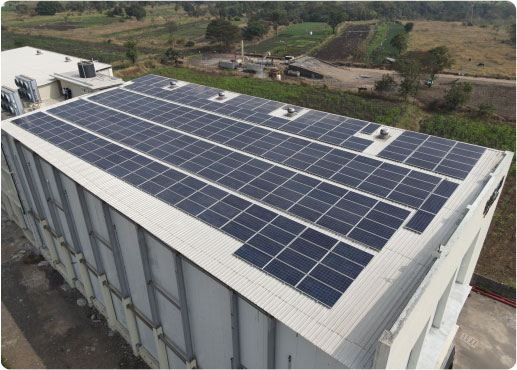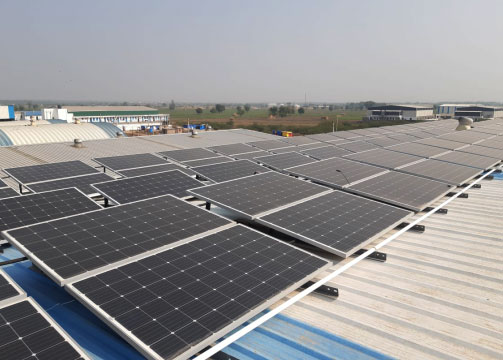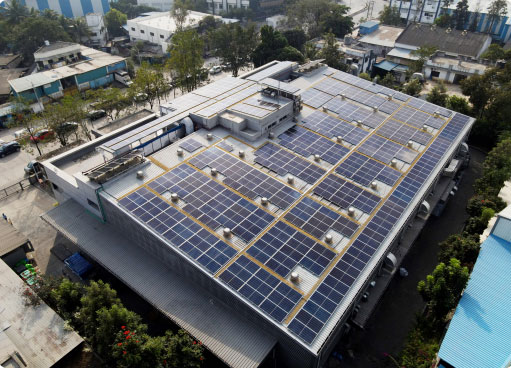Balaji Valve Components Ltd. (Unit 1 and Unit 2)
Type:
Roof-top metal sheet
Plant Capacity:
• Unit 1: 252 kWp
• Unit 2: 226 kWp
Total Capacity:478 kWp
Technology Used:
Monocrystalline Modules with
String Inverters
Roof Orientation:
South
Annual Power Generation:
• Unit 1: 322,290 - 411,930 kWh/year
• Unit 2: 289,095 - 369,285 kWh/year
• Total: 611,385 - 781,215 kWh/year
Expected Lifetime Generation (25 years):
• Unit 1: 8,057,250 - 10,298,250 kWh
• Unit 2: 7,227,375 - 9,232,125 kWh
• Total: 15,284,625 - 19,530,375 kWh
Sustainability Impact:
This project will reduce carbon emissions
by approximately 530 to 680 tons annually,
promoting a greener and more sustainable
future
Challenge
Solution

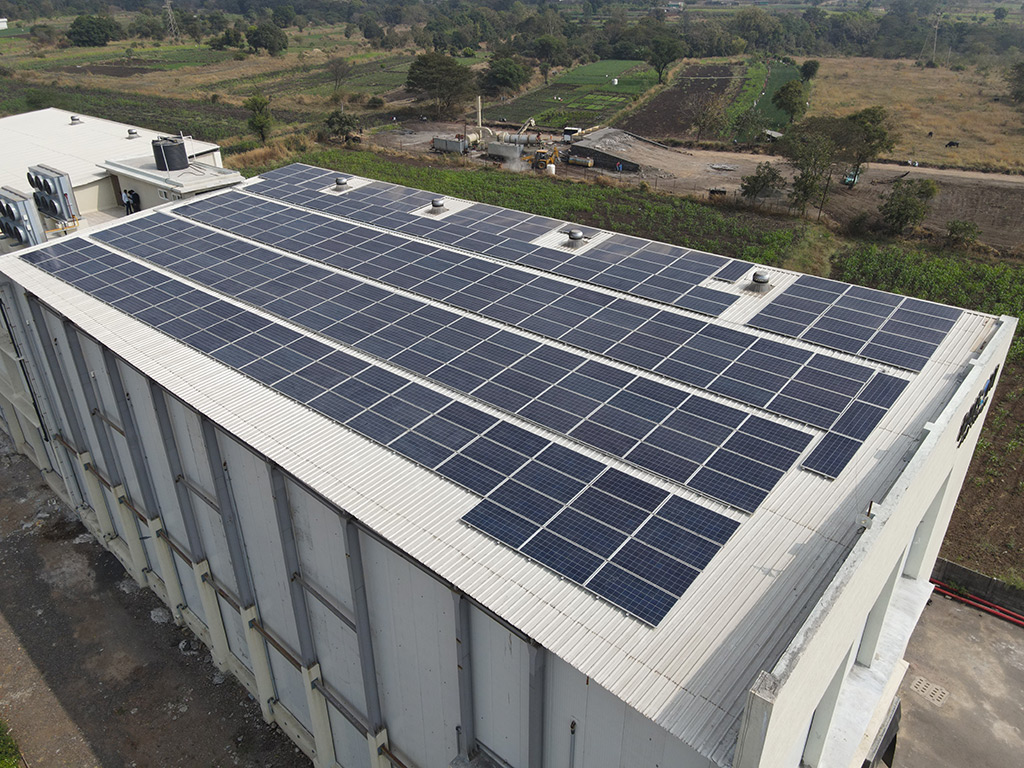
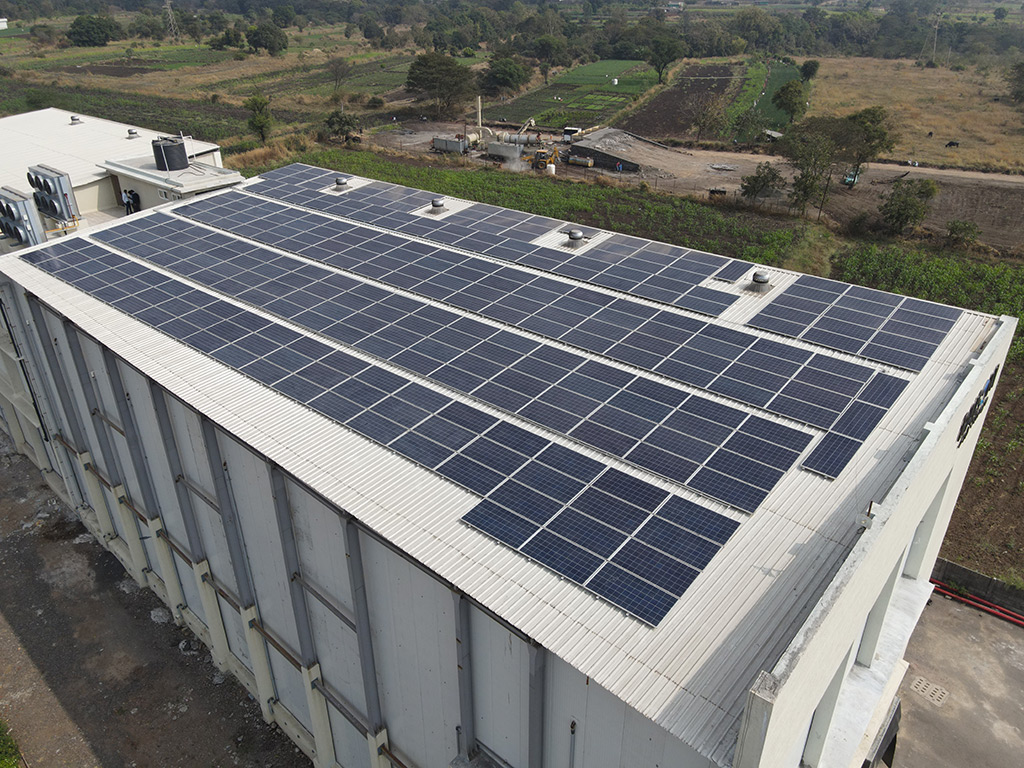
Call Us
+91 70837 33418
sales@aaraenergy.com
Balaji Valve Components Ltd. (Unit 1 and Unit 2)
Type:
Roof-top metal sheet
Plant Capacity:
• Unit 1: 252 kWp
• Unit 2: 226 kWp
Total Capacity: 478 kWp
Technology Used: Monocrystalline Modules with String Inverters
Roof Orientation: South
Annual Power Generation:
• Unit 1: 322,290 – 411,930 kWh/year
• Unit 2: 289,095 – 369,285 kWh/year
• Total: 611,385 – 781,215 kWh/year
Expected Lifetime Generation (25 years):
• Unit 1: 8,057,250 – 10,298,250 kWh
• Unit 2: 7,227,375 – 9,232,125 kWh
• Total: 15,284,625 – 19,530,375 kWh
Sustainability Impact: This project will reduce carbon emissions by approximately 530 to 680 tons annually, promoting a greener and more sustainable future
The facility’s operations involved forging components and heat treatment processes, resulting in extremely high temperatures on the metal sheet roof. These conditions made the installation of the solar system challenging due to potential damage to the roof and safety concerns for the installation team.
To overcome this challenge, the project team proposed and implemented a thermal coating solution on the metal sheet roof. The coating reduced the surface temperature, making it safer and easier to install the solar system. This approach not only facilitated the installation but also improved the roof’s durability under high-temperature conditions, ensuring the system’s long-term performance.




